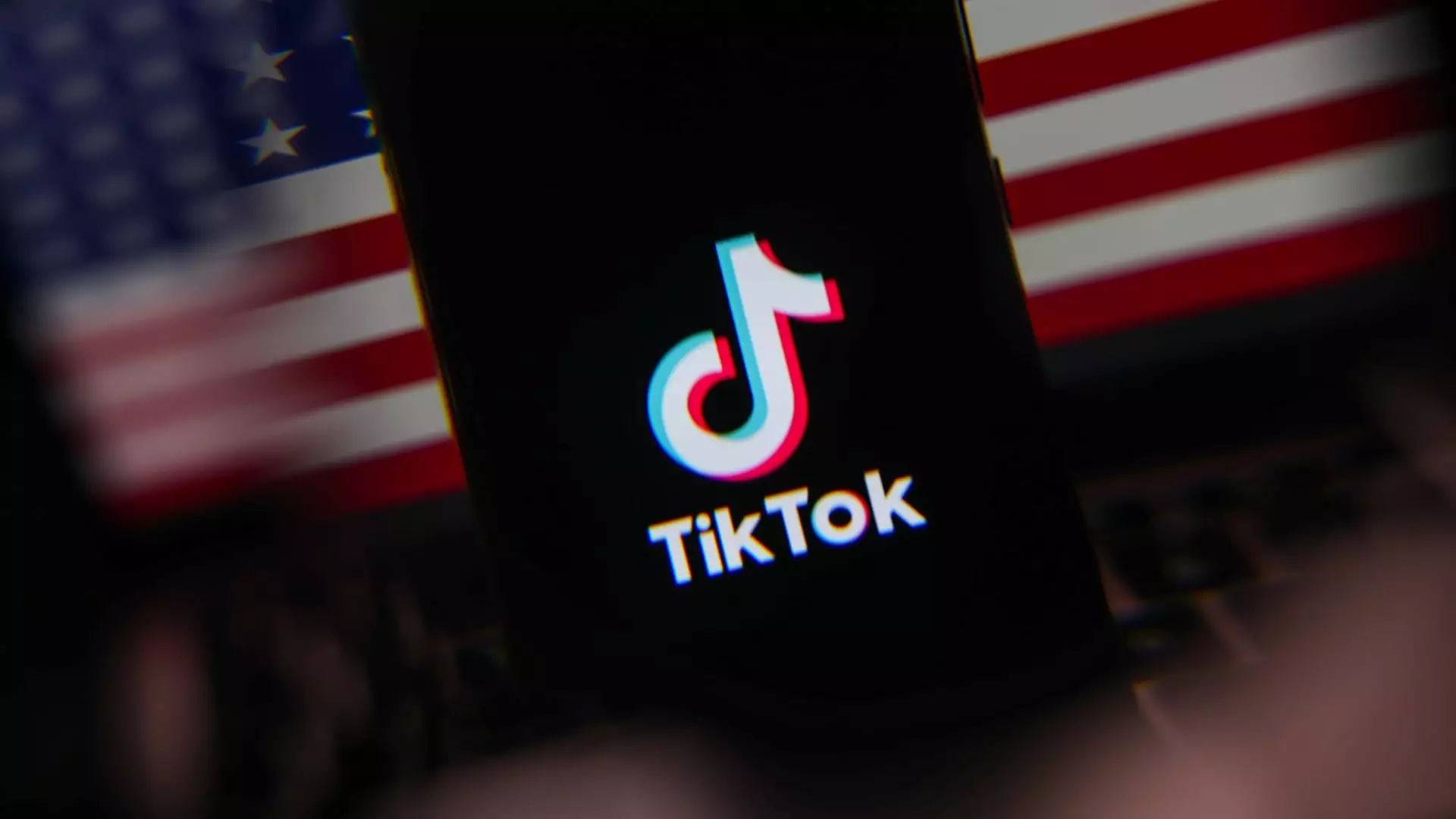In a surprising turn of events, TikTok has made its way back onto the Apple and Google app stores. This resurgence comes after a tumultuous month marked by political strife and concerns over national security. It was on January 18 that TikTok, owned by the Chinese company ByteDance, was removed from these platforms in reaction to a national security law that threatened its very existence in the U.S. The law was particularly stringent, mandating that TikTok must divest its U.S. operations by January 19 or face an imminent ban in one of its most lucrative markets.
The tension escalated as the Biden administration, supporting the law enacted by Congress, sought to address perceived risks related to data privacy and foreign interference. These actions were underpinned by a larger legislative framework known as the Protecting Americans from Foreign Adversary Controlled Applications Act. This law was designed to safeguard American users from the potential hazards associated with apps linked to adversarial nations. While the U.S. government rallied for this aggressive approach to tech governance, TikTok argued that such measures violated First Amendment protections for its vast user base, which numbers over 170 million in the country.
A Tug-of-War Over User Data
Complicating the narrative further, the Supreme Court sided with the administration in January, affirming the government’s stance regarding the need for ByteDance to part ways with its U.S. operations. The ruling emphasized that Congress had justified concerns over national security, particularly regarding TikTok’s data collection methods and its ties to the Chinese government. However, TikTok’s response was not one of acquiescence; the app’s leadership publicly pressed for a U.S. intervention, even suggesting a potential shutdown of its operations if the situation didn’t change.
Intriguingly, the voice of former President Donald Trump entered the fray when he proposed extending the enforcement deadline of the ban by 75 days. His solution involved establishing a joint venture in which the U.S. would hold a significant ownership stake, thereby ensuring that TikTok remains operational but under more favorable conditions for American interests. This proposal, however, illustrates the ongoing complexities of the U.S.-China tech relationship, where economic and security interests clash.
Public Sentiment and Traffic Recovery
Despite being temporarily ousted from the app stores, TikTok demonstrated remarkable resilience by quickly recovering a substantial amount of its user engagement. Recent reports from CNBC indicated that the platform had regained about 90% of its traffic, suggesting that the app’s magnetic pull on its audience remains undiminished. This tenacity raises questions about the effectiveness of government intervention in technology, as users continue to gravitate toward the app amidst political machinations.
The TikTok saga encapsulates the broader conflict over digital sovereignty and security, highlighting how consumer sentiment can greatly influence policy decisions. As the app re-establishes its foothold in a landscape fraught with regulatory challenges, it serves as a tantalizing case study of how technology, politics, and public opinion interact in the 21st century. The future of TikTok in the U.S. remains uncertain, yet its ability to adapt and withstand political pressures demonstrates the profound connection between the app and its American user base. As the debate continues, both TikTok and the U.S. government face the challenge of balancing national security concerns with the rights and desires of millions of users.


Leave a Reply